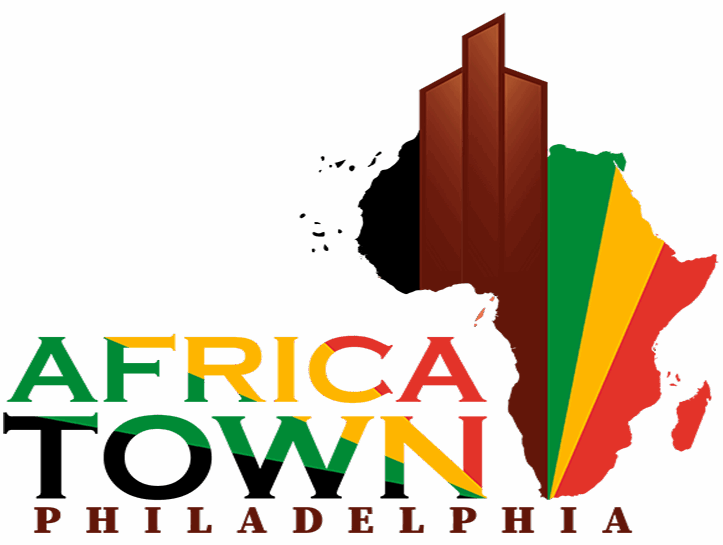Caribbean region
Learn more about the Caribbean region
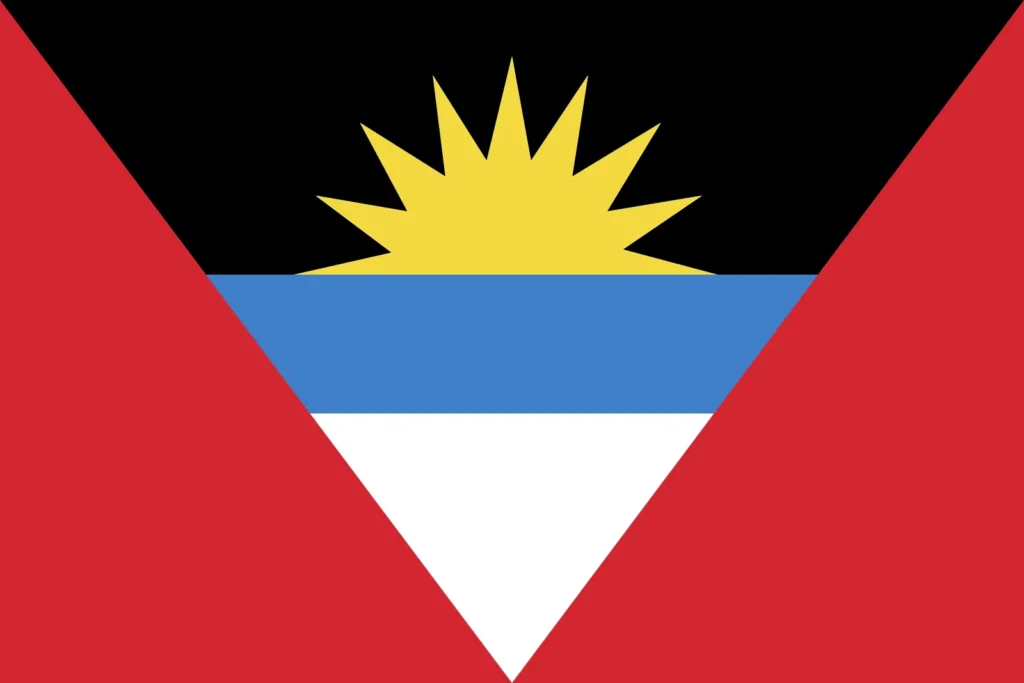
Antigua and Barbuda
A twin-island nation, colonized by the British in the 17th century, Antigua and Barbuda gained independence in 1981. Historically dependent on sugar plantations, the island is known today for its pristine beaches, and robust tourism industry.
- Population: ~100,000
- Languages: English (official)
- GDP: ~$2 billion
- Main Products: Tourism, agriculture (fruits, vegetables), small-scale manufacturing
- Government: Constitutional parliamentary monarchy
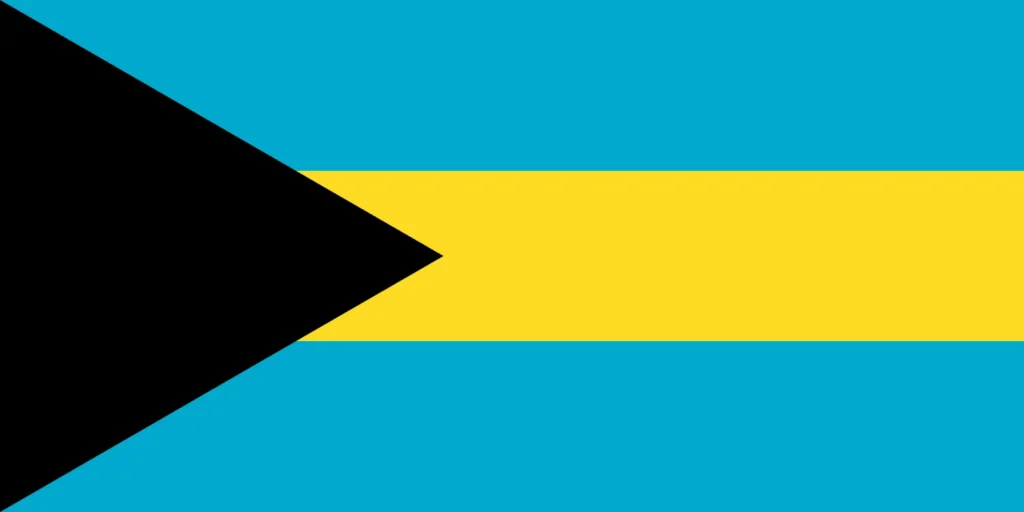
The Bahamas
Originally inhabited by the Lucayan people, The Bahamas is an archipelago, a British colony and gained independence in 1973. It is now one of the wealthiest Caribbean nations that enjoys the status of the premier global tourist destination.
- Population: ~400,000
- Languages: English (official)
- GDP: ~$12 billion
- Main Products: Tourism, offshore financial services
- Government: Constitutional parliamentary democracy
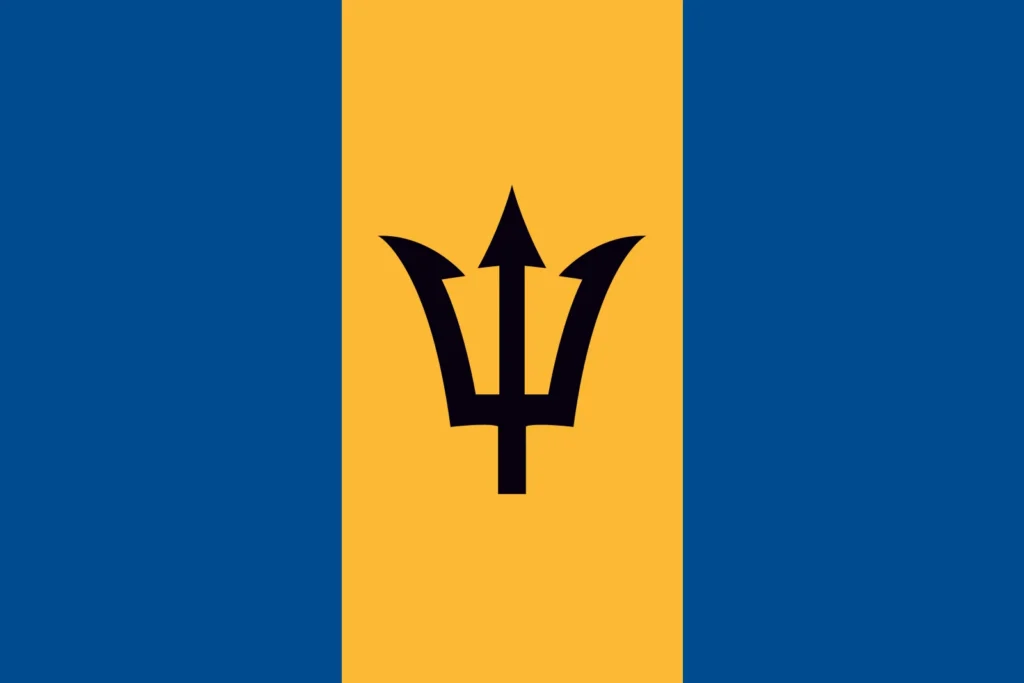
Barbados
Independent since 1966, Barbados boasts a rich cultural legacy, festive Carnival traditions, and strong economic ties with global markets.
- Population: ~280,000
- Languages: English (official)
- GDP: ~$5 billion
- Main Products: Tourism, sugar, rum
- Government: Parliamentary republic
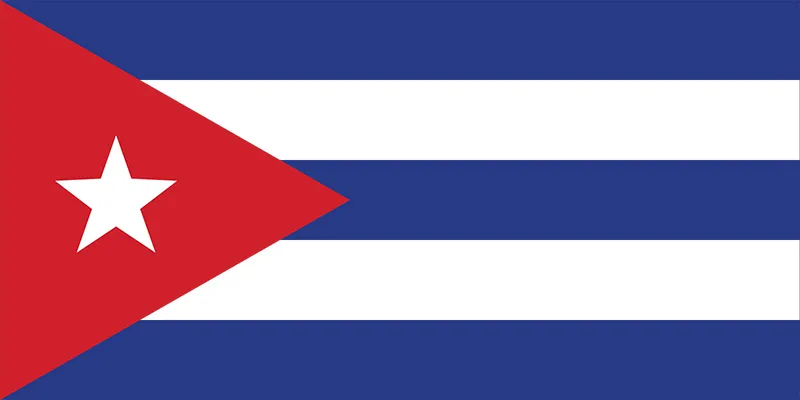
Cuba
A Spanish colony until 1898, Cuba underwent a revolution in 1959, establishing a socialist state under Fidel Castro. Cuba is famed for its distinctive blend of Spanish, African, and Caribbean cultures, as well as its influential music and arts scenes.
- Population: ~11 million
- Languages: Spanish (official)
- GDP: ~$100 billion
- Main Products: Sugar, tobacco, nickel, tourism
- Government: One-party socialist state
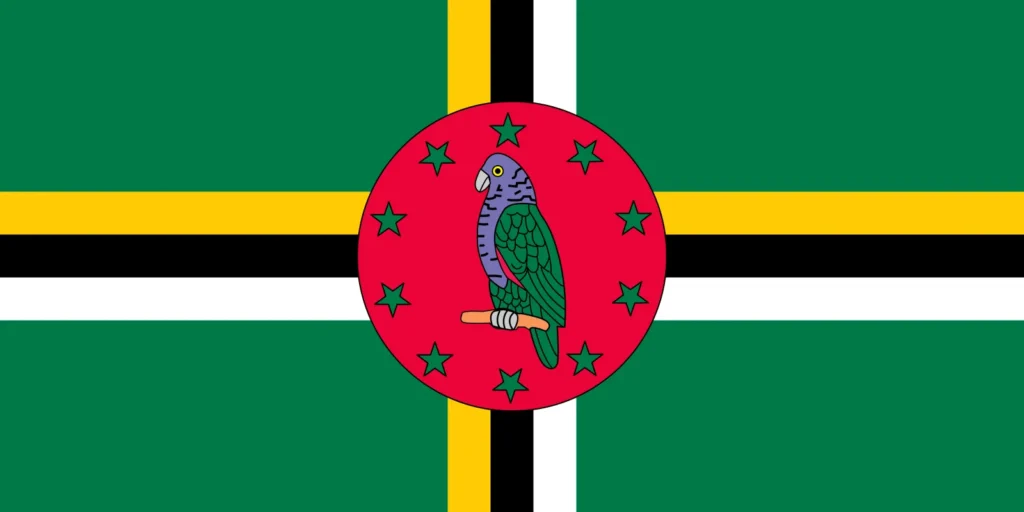
Dominica
Originally inhabited by the Kalinago people, Dominica was colonized by the French and later the British. It gained independence in 1978. Often called the “Nature Island,” Dominica is known for its lush rainforests, indigenous Kalinago heritage, and commitment to eco-tourism.
- Population: ~73,000
- Languages: English (official); French-based Creole is also spoken
- GDP: ~$0.8 billion
- Main Products: Tourism, agriculture (bananas, citrus fruits)
- Government: Parliamentary democracy

Dominican Republic
The Dominican Republic shares the island of Hispaniola with Haiti. It was colonized by Spain in 1492 and gained independence in 1844. The Dominican Republic is recognized for its vibrant cultural traditions and booming tourism.
- Population: ~11 million
- Languages: Spanish (official)
- GDP: ~$90 billion
- Main Products: Tourism, agriculture, mining
- Government: Presidential republic
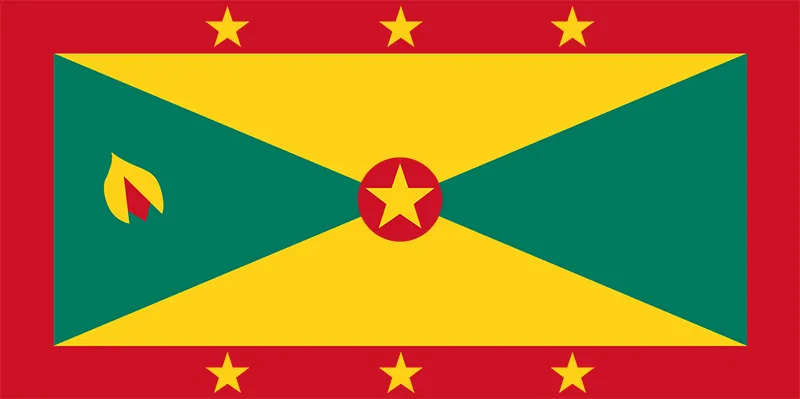
Grenada
Colonized by the French and later the British, Grenada gained independence in 1974. It was briefly involved in a U.S.-led intervention in 1983. Nicknamed the “Spice Island” for its prolific nutmeg production, Grenada features a colonial past paired with a strong contemporary identity as a tourist haven.
- Population: ~125,000
- Languages: English (official); French-based Creole is spoken
- GDP: ~$1.5 billion
- Main Products: Tourism, spices (nutmeg, cinnamon), agriculture
- Government: Parliamentary democracy

Haiti
As the first independent Black republic following a successful slave revolt, Haiti’s history is marked by resilience, a rich cultural tapestry, and enduring social challenges. Haiti gained independence from France in 1804.
- Population: ~11 million
- Languages: French and Haitian Creole (official)
- GDP: ~$14 billion
- Main Products: Agriculture (coffee, mangoes), textiles
- Government: Presidential republic
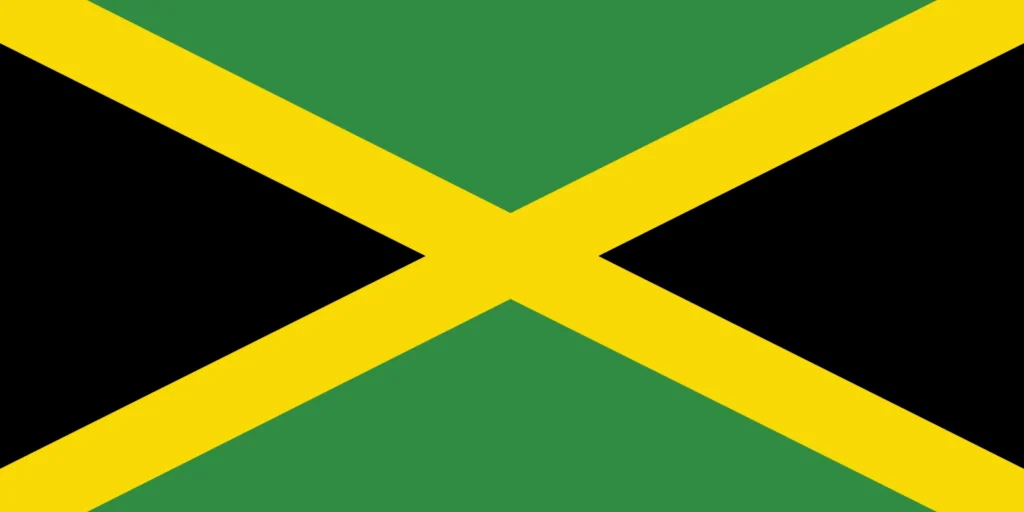
Jamaica
Originally inhabited by the Taíno people, Jamaica was colonized by Spain and later Britain. It gained independence in 1962 and is known for its cultural influence. World-renowned for its reggae music, athletic prowess, and influential cultural exports like Bob Marley.
- Population: ~2.8 million
- Languages: English (official); Jamaican Patois is widely spoken
- GDP: ~$16 billion
- Main Products: Tourism, bauxite, agriculture
- Government: Parliamentary democracy

Saint Kitts and Nevis
The smallest sovereign state in the Western Hemisphere, Saint Kitts and Nevis was a British colony until independence in 1983. It is known for its natural beauty, historic landmarks, and warm hospitality
- Population: ~53,000
- Languages: English (official)
- GDP: ~$1 billion
- Main Products: Tourism, agriculture, financial services
- Government: Parliamentary democracy

Saint Lucia
Saint Lucia changed hands between the French and British multiple times before gaining independence in 1979. It is celebrated for its breathtaking landscapes, including the iconic Pitons, and its vibrant blend of African, French, and British cultural influences.
- Population: ~180,000
- Languages: English (official); French Creole is widely spoken
- GDP: ~$2 billion
- Main Products: Tourism, bananas, manufacturing
- Government: Parliamentary democracy

Saint Vincent and the Grenadines
Colonized by the French and later the British, Saint Vincent and the Grenadines gained independence in 1979. This group of islands is prized for its scenic beauty, rich maritime culture, and dynamic history of colonial and indigenous influences
- Population: ~110,000
- Languages: English (official); French-based Creole is spoken
- GDP: ~$1 billion
- Main Products: Tourism, agriculture (bananas, root crops)
- Government: Parliamentary democracy

Trinidad and Tobago:
Trinidad and Tobago gained independence from Britain in 1962. It is a culturally diverse nation known for its oil wealth, world-famous Carnival, and a blend of African, Indian, European, and indigenous traditions.
- Population: ~ 1.5 million.
- Languages: English. Other widely spoken languages include Trinidadian Creole and Tobagonian Creole.
- GDP: ~ $24 billion.
- Main Products and Exports: Oil, natural gas, petrochemicals, cocoa, sugar, citrus fruits, tourism.
- Government Type: Parliamentary republic.
